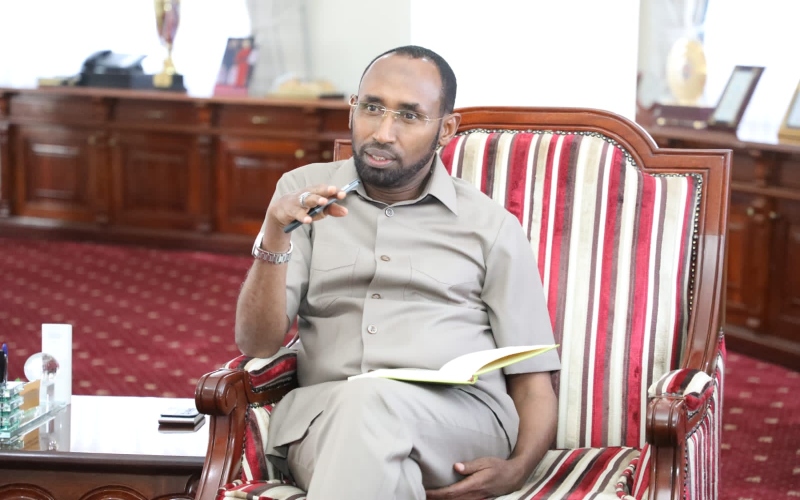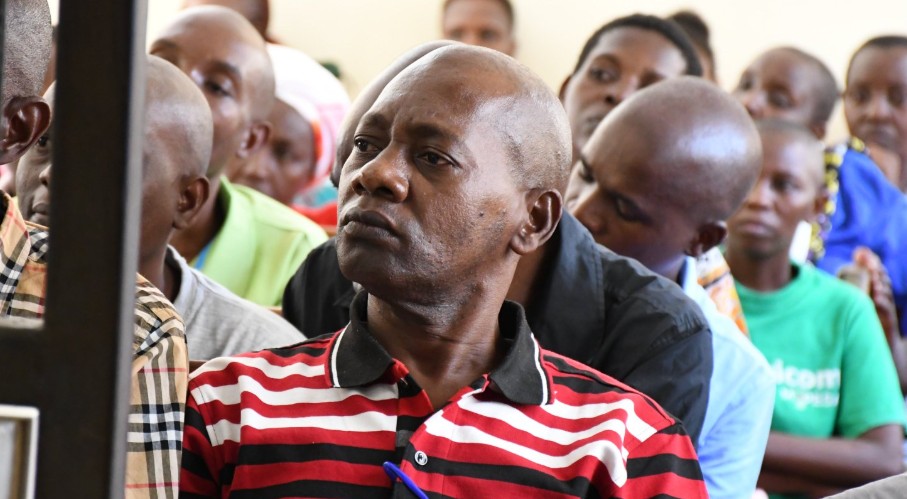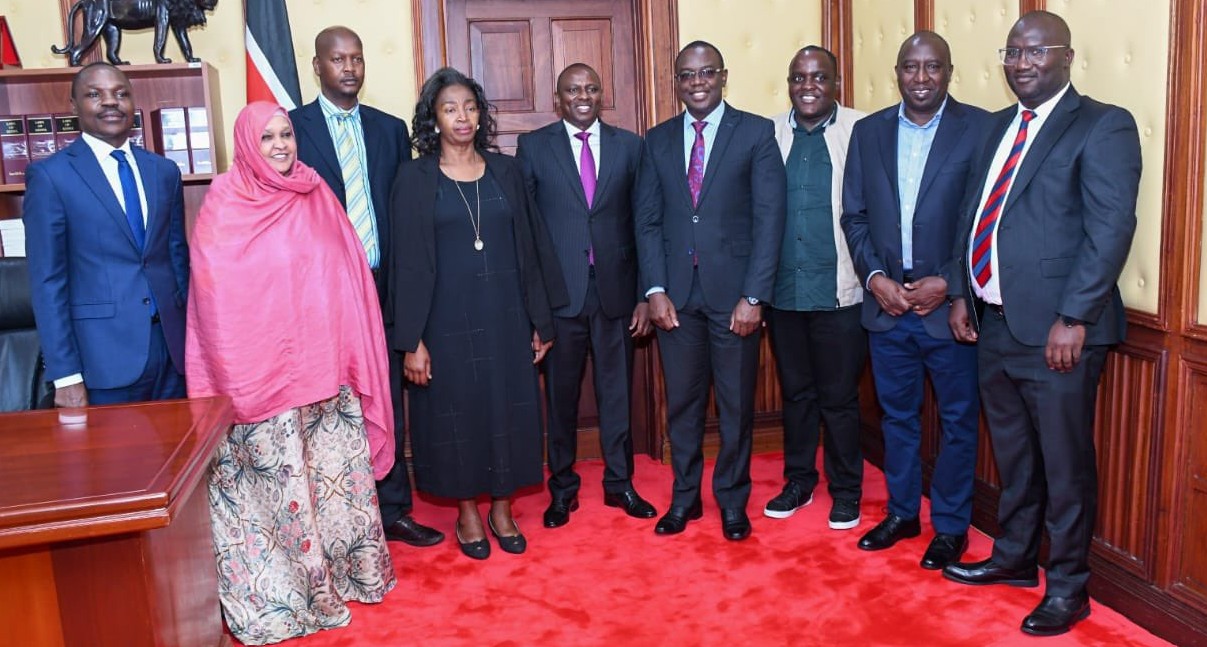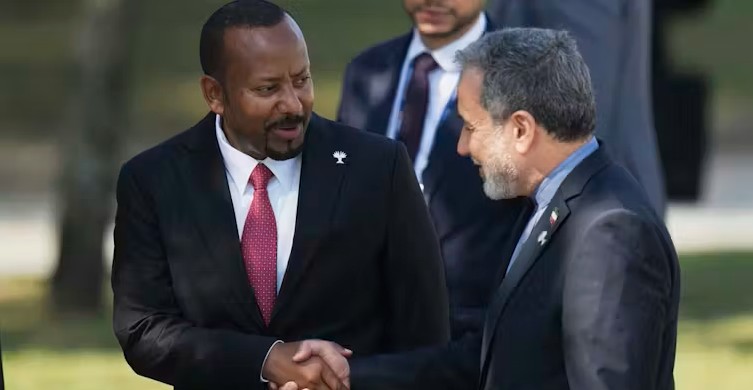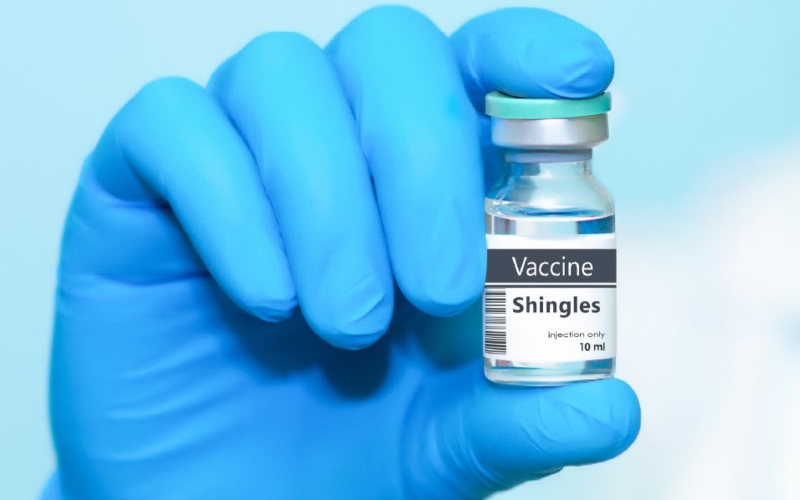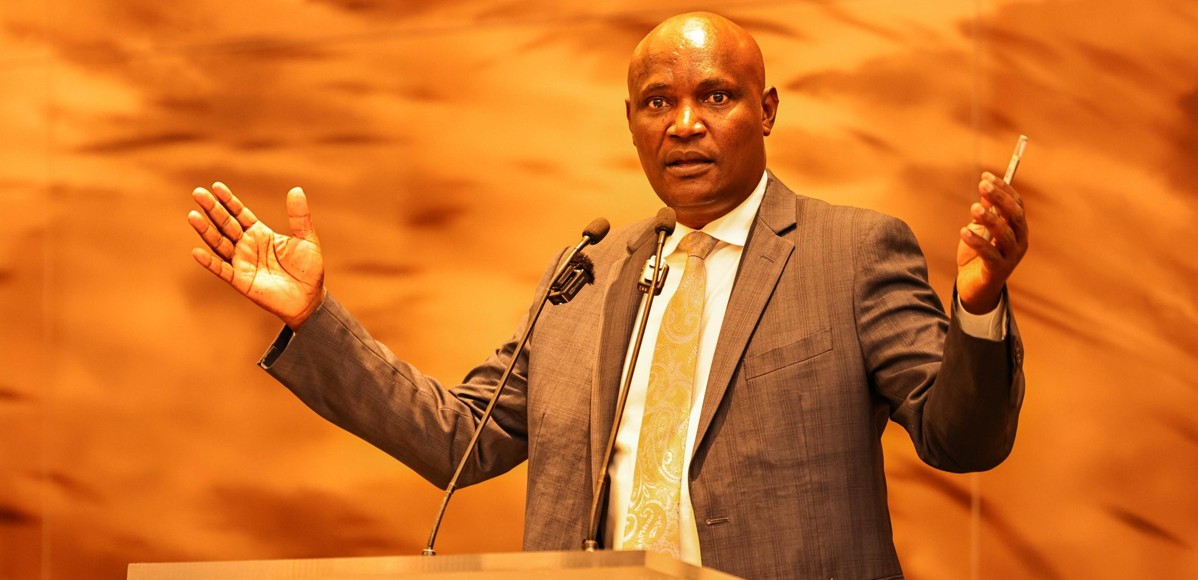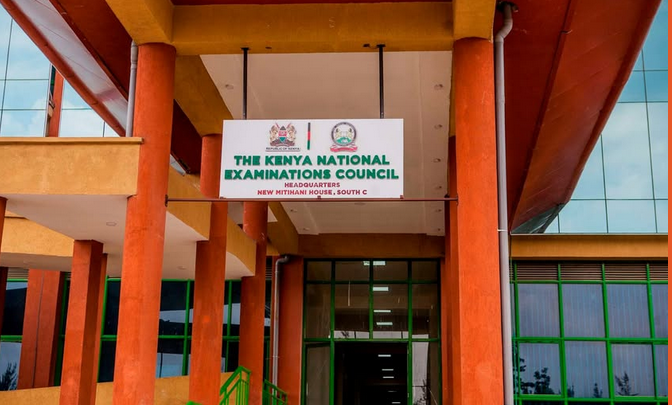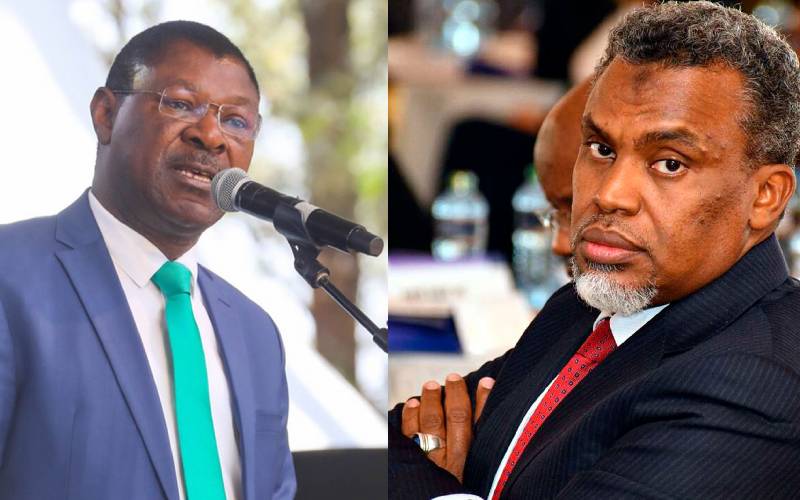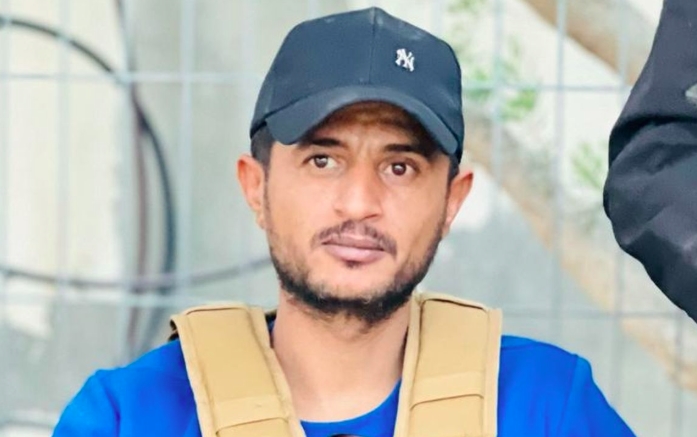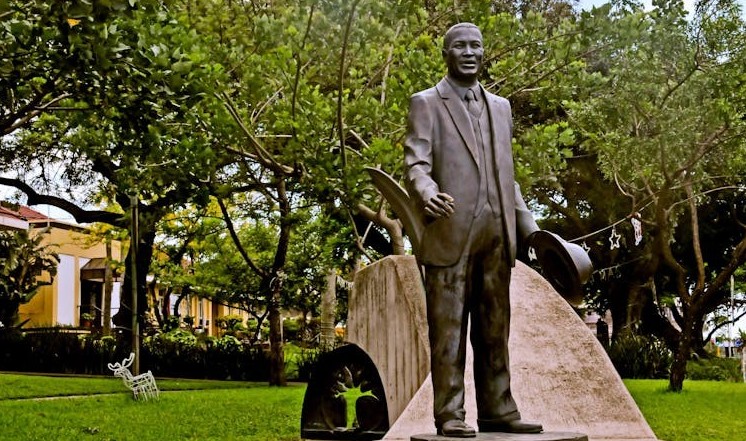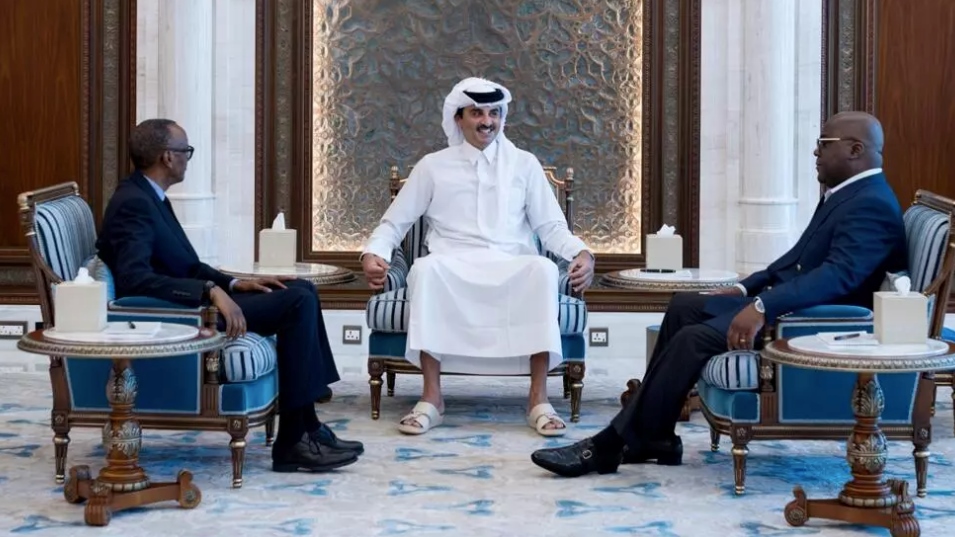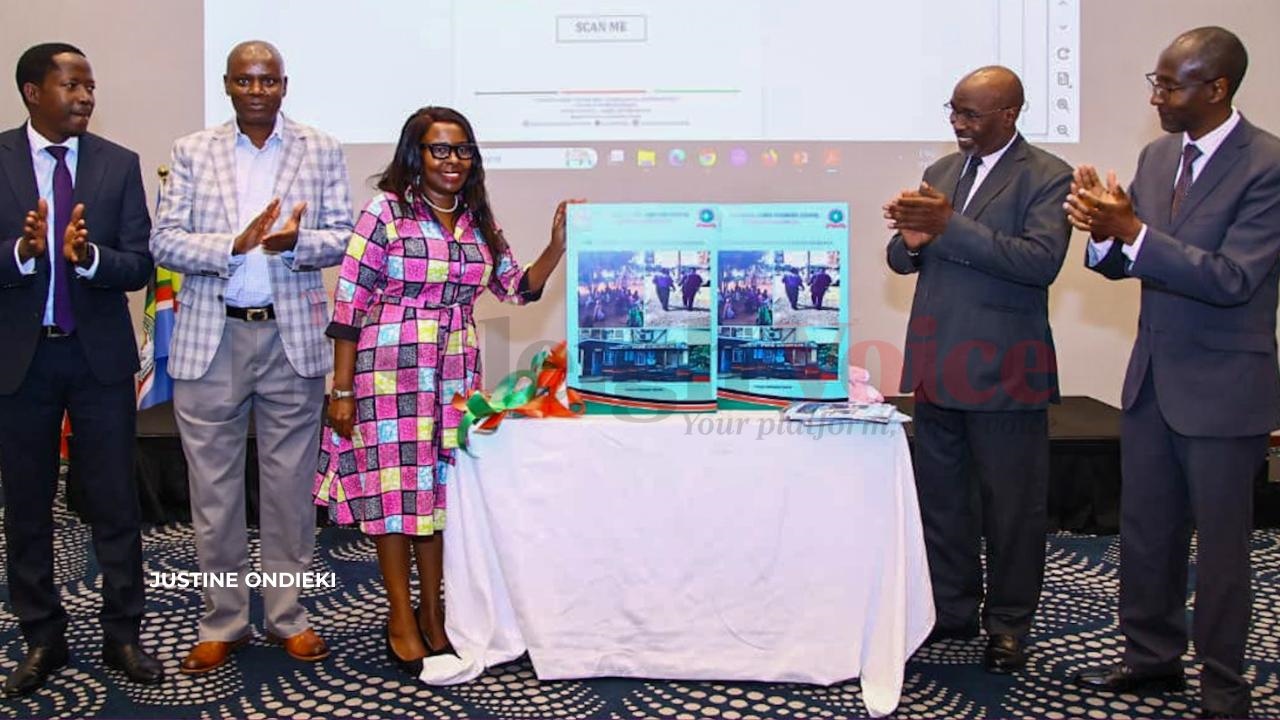El Molo among Marsabit's 10 communities whose culture will be available digitally
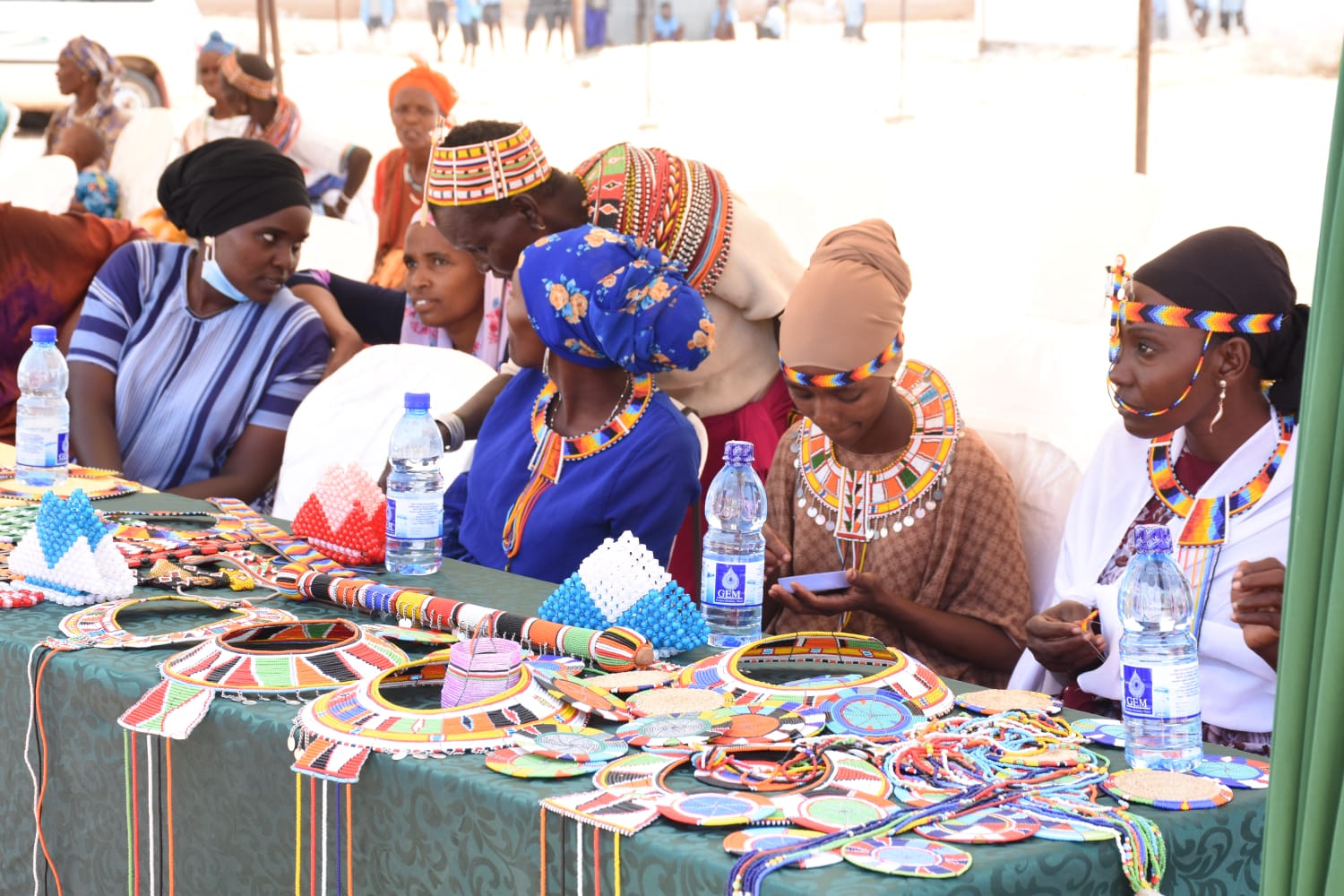
The Marsabit County government has entered into an agreement with the National Museum of Kenya (NMK) to collaborate in the preservation of the valuable Indigenous cultural heritage of 10 local communities digitally for education purposes.
The signing of the agreement was witnessed by National Museums of Kenya Chairperson Edwin Jacob Abonyo, Deputy Governor Solomon Gubo and County Tourism Executive Jeremiah Ledanyi.
More To Read
- Historic water project launched to end generations of scarcity in Northern Kenya
- Marsabit Senator urges Senate to resolve CHP payment delays, water project setbacks
- UNESCO unveils virtual museum of world's stolen cultural objects
- Extended drought resilience programme targets to protect 255,000 in Turkana, Marsabit
- Black wattle as firewood: How South African communities are putting invasive species to work
- Côte d'Ivoire’s sacred talking drum is coming home: Lessons from Kenya on how it could transform lives
Some youth groups across the county have already been trained on how to document unique tangible and intangible elements of culture including attire, native recipes, dances and folk songs for Borana, Rendille, Gabbra, Sakuye, Wayyu, Burji, Sitama, Konso Daasanach and El Molo communities.
The documentation of the tangible artifacts and intangible traditions as well as knowledge passed from one generation to another is part of the State's Digitization and Documentation of Indigenous Products program being implemented across the 47 counties.
Marsabit is among the 13 counties that will benefit in the first phase of the program that will largely benefit the El Molo community which is among the Kenyan communities on the verge of extinction.
Believed to have originally migrated from Ethiopia to the Eastern shores of Lake Turkana in Marsabit around 1000 BC, the community has a paltry population of 1104 according to the 2019 census.
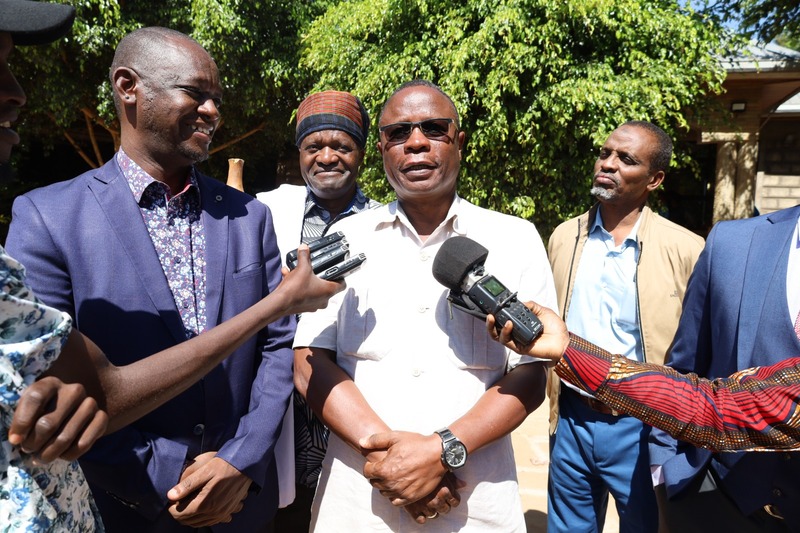 National Museums of Kenya Chairperson Edwin Jacob Abonyo (Centre) and Marsabit Deputy Governor Solomon Gubo (L) address journalists after a meeting in Marsabit town. (Handout)
National Museums of Kenya Chairperson Edwin Jacob Abonyo (Centre) and Marsabit Deputy Governor Solomon Gubo (L) address journalists after a meeting in Marsabit town. (Handout)
Language is the most endangered aspect of their culture ostensibly due to intermarriage with their neighbours with the majority of them speaking either Samburu or Turkana language but the program will enable them to embrace and protect their traditions and rich cultural diversity.
Abonyo said the project seeks to ensure Kenya's rich culture does not disappear for the benefit of current and future generations.
"Our people have been abandoning their culture which offers a sense of belonging and identity and that is what we seek to protect," he said, adding that the repository will be kept by the agency.
Hailing the program, County Tourism Executive Jeremiah Ledanyi revealed plans by the devolved government to establish a cultural centre in Loiyangalani where people will visit to have a taste of local communities' diverse culture.
Samburu, Turkana and Somali communities living in the county have not been included in the program because their cultures have been documented in neighbouring Samburu, Turkana, Mandera, Garissa and Wajir counties.
Ledanyi said having the elements in digital format will enhance accessibility across the globe which will enable people from different countries to learn and appreciate the country's unique heritage without having to physically visit the region.
There have been concerns that while technology was helping in the promotion of Kenya's vibrant cultures, it was also contributing to the alacrity of youth abandoning their cultures for others especially those from the Western nations.
Top Stories Today
